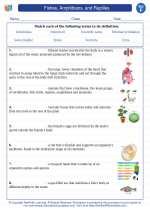Needle-Like Leaves
Needle-like leaves are a type of leaf shape that is long, narrow, and pointed, resembling the shape of a needle. This type of leaf is common in coniferous trees such as pines, spruces, and firs. Needle-like leaves are an adaptation to reduce water loss in environments with low moisture, such as the dry and cold conditions found in coniferous forests.
Characteristics of Needle-Like Leaves
- Shape: Long, narrow, and pointed
- Texture: Often waxy or resinous, which helps to reduce water loss
- Arrangement: Typically arranged in clusters or spirals along the branches
- Function: Adapted for water conservation and withstanding harsh environmental conditions
Study Guide
Here are some key points to remember about needle-like leaves:
- What type of trees are commonly associated with needle-like leaves?
- What is the function of needle-like leaves?
- Describe the shape and texture of needle-like leaves.
- How are needle-like leaves typically arranged on the branches?
Coniferous trees such as pines, spruces, and firs are commonly associated with needle-like leaves.
Needle-like leaves are adapted for water conservation and withstanding harsh environmental conditions, particularly in dry and cold environments.
Needle-like leaves are long, narrow, and pointed in shape, and they are often waxy or resinous, which helps to reduce water loss.
Needle-like leaves are typically arranged in clusters or spirals along the branches of coniferous trees.
Understanding the characteristics and functions of needle-like leaves can provide insights into the adaptations of plants to different environments and the diversity of leaf shapes in the natural world.
[Needle-like Leaves] Related Worksheets and Study Guides:
.◂Science Worksheets and Study Guides Sixth Grade. Fishes, Amphibians, and Reptiles

 Activity Lesson
Activity Lesson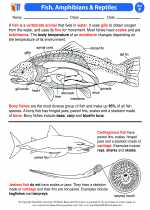
 Worksheet/Answer key
Worksheet/Answer key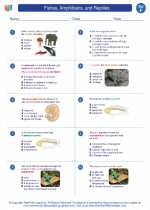
 Worksheet/Answer key
Worksheet/Answer key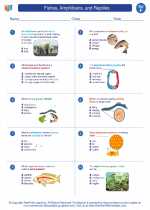
 Worksheet/Answer key
Worksheet/Answer key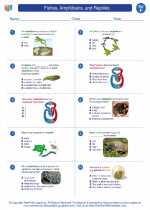
 Worksheet/Answer key
Worksheet/Answer key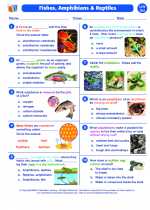
 Vocabulary/Answer key
Vocabulary/Answer key
 Vocabulary/Answer key
Vocabulary/Answer key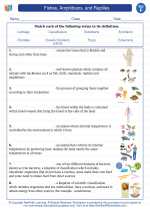
 Vocabulary/Answer key
Vocabulary/Answer key
 Vocabulary/Answer key
Vocabulary/Answer key
 Vocabulary/Answer key
Vocabulary/Answer key